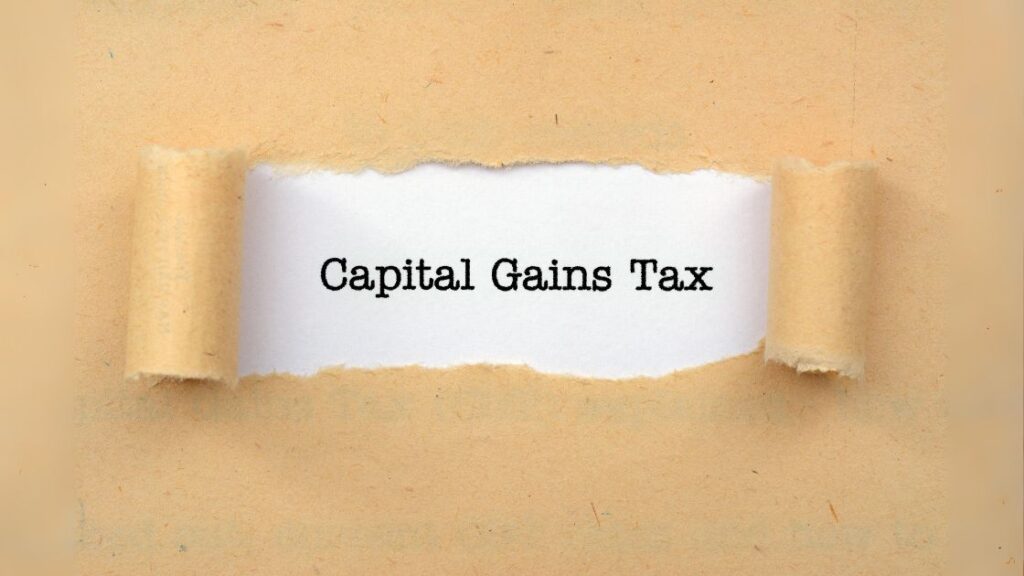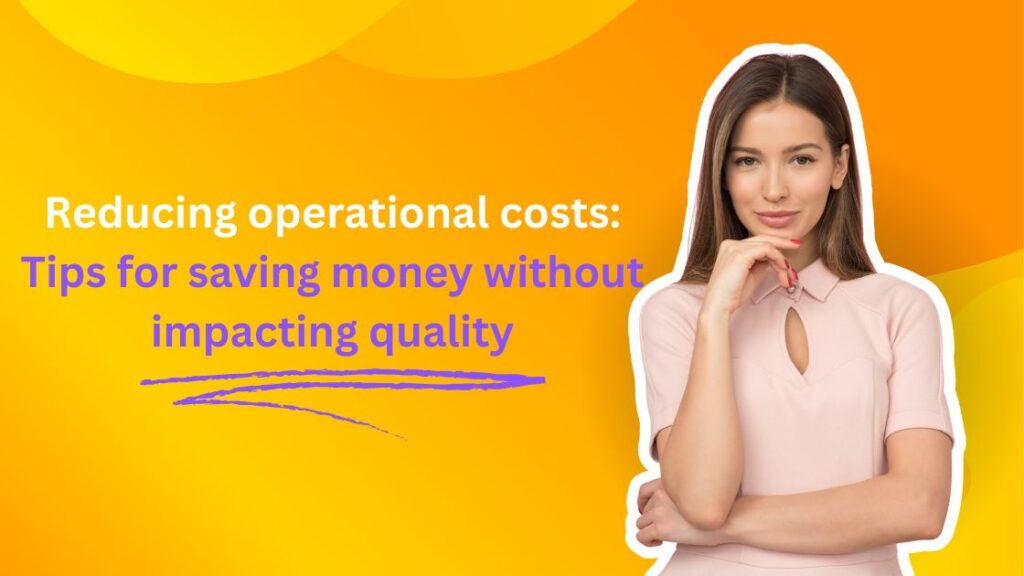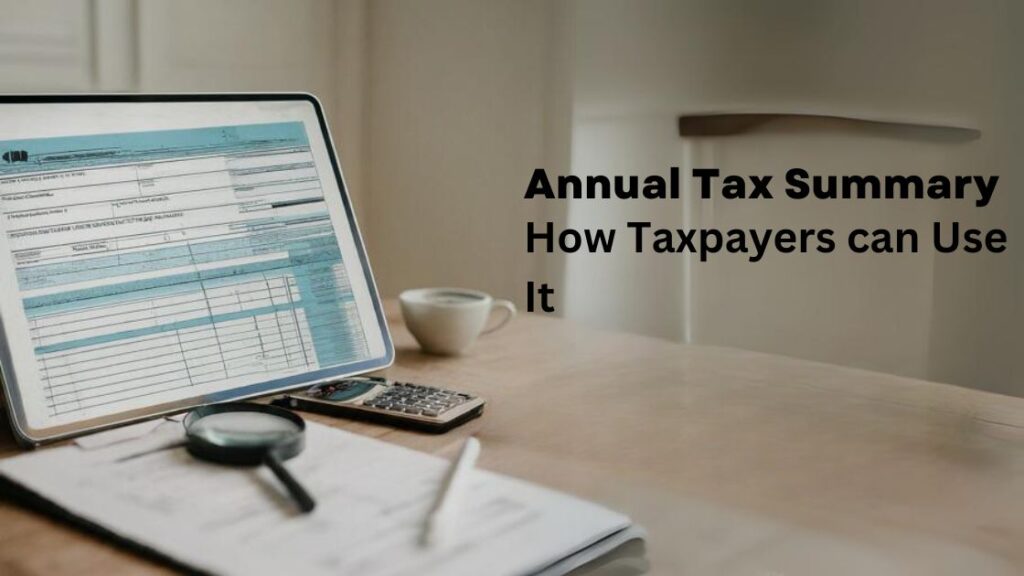Financial wellness is achieved when you are able to effectively manage your financial resources, efficiently control your expenses, accurately plan for future and precisely invest your money in accordance with your financial goals. It seems a difficult task but with the help of proper understanding and application of simple deductions you can achieve this goal of becoming financially stable. The understanding of these fundamentals you will be ready to plan, execute and monitor your personal financial strategy.
Let us discuss some simple steps that you can easily manage yourself regarding budgeting your expenses.
- Create a Budget: Creating a budget literally means quantifying your expenses against your income. This might seem like a mathematician’s job to you. But it can simply be done by just differentiating your monthly expenses in to two columns. First column should be fixed expenses which you cannot avoid and second column should be variable expenses which you can control.
- Allocating Funds: This is the part which takes commitment and dedication. As you would be allocating the funds which is basically your income to the categories of expenses each month in accordance with your financial goals. The most common thumb rule used is 50/30/20 rule which means that you should allocate 50 percent towards your mandatory expenses, 30 percent towards saving goals and 20 percent towards your emergencies.
- Tracking your spending: Once you have created a budget, allocated funds as per the requirements of your budget the next logical step is to track how well you are performing. You can use basic tools like Microsoft excel or google sheets to maintain the data monthly and review it after three months to track how well you are doing in terms of your budgeting. As it is an obvious fact you can only control the deviations in your budget if you have tracked which expenses are exceeding it.
- Plan for irregular expenses: It is nearly impossible to predict the emergencies but still we can plan for at least the possible irregular expenses like car maintenance, yearly insurance costs or even yearly vacations because if we are planning to take these benefits, we must be ready to plan for the costs associated with them as well.
- Follow PDCA: PDCA refers to the cyclic implementation of plan, do, check and act in the same order as mentioned. It will give you a clear view how effective is your planning and how much efficient you are in the execution. You can definitely take the advantage of this problem-solving tool to solve the ultimate problem that is managing your money. In the plan phase you can plan your budget, the second phase will be the fund allocation part, then comes the third part check which will include the monitoring your adherence with the budget and last part will be to act to adjust the deviations that you have observed with your expenses.
Savings are the true saviour in the tough times and regardless of the background everyone should save some amount of their income to be prepared for the uncertain times. Once the habit of saving is developed you will notice the wonders that you can do just merely with your income. But you must be dedicated and disciplined. Let us walk you through how you can design a savings plan for yourself and can achieve your financial goals.
Set clear goals: Your goals must be specific, quantified and time bound so that you have a crystal-clear idea about each of these aspect about your goal. It can be anything ranging from an early retirement to buying a house to creating a gigantic investment portfolio in the stock market. Take notes being clear about your goals is the key.
Increase your income: This is the rule that only a small percentage of people in the entire world follow. No matter how excellent you are in cutting down your costs you will always find it tough to cope up with the increase in inflation rate each year. So, the key here is to increase your revenue streams so that even a small contribution from each of those income streams will combine and create a decent amount for your savings monthly.
Create a budget: You might be wondering why is this repeating again in the same blog. No matter how much income you have if you do not have a clear idea about your expenses you will end up spending your hard-earned money on the things that you do not need. Creating a budget helps you not only in differentiating fixed expenses and variable expenses but it also gives you a sense of clearly differentiating what you want and what you need.
Start small and track your progress: You do not need to dedicate a large part of your income towards savings you should instead start small and then gradually increase the amount each month. It has to be sustainable because only then you would be able to maintain the discipline for the desired time. Tracking your savings every month will give a clear idea when you went off the track and you will be able to work on the reasons why you went off the track in your savings journey.
Emergency funds and investment plans: There should be defined amount that should be dedicated each month towards the emergency funds so that your financial planning will not go for a toss in case of any emergency. You must also keep in mind that you should save a dedicated amount so that you would be able to put that money to work for you. So, you must dedicate some amount towards your future investment purposes. As an old saying goes there nothing better than watching your investment grow.
These all strategies and planning will only work if you are consistent and disciplined towards your planning and financial goals. Rome was not built in a day. It is easier to plan but execution takes an unwavering commitment. Remember these are your goals so the responsibility is yours only.


















